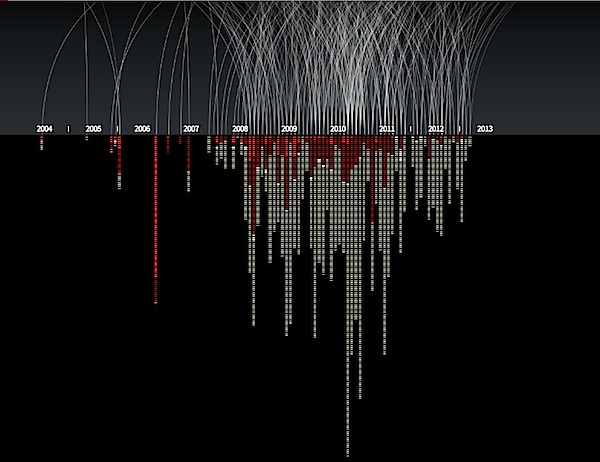27 Mar An interactive history of drone strikes in Pakistan
How often has the US attacked targets in Pakistan with unmanned drones, and how many of those killed have been children, civilians, putative insurgents, or “high-value” military targets?
The Bureau of Investigative Journalism has prepared an interactive graphic to help answer these questions, which you can try for yourself by clicking the screenshot below.
Definitely worth a look. The bureau summarizes the results:
The justification for using drones to take out enemy targets is appealing because it removes the risk of losing American military, it’s much cheaper than deploying soldiers, it’s politically much easier to maneuver (i.e. flying a drone within Pakistan vs. sending troops) and it keeps the world in the dark about what is actually happening. It takes the conflict out of sight, out of mind. The success rate is extremely low and the cost on civilian lives and the general well-being of the population is very high.
The interactive graphic has two views. The Attack View pictured above shows each attack chronologically; the Victim View focuses on the people killed in each strike.
The category of victims we call “OTHER” is classified differently depending on the source. The Obama administration classifies any able-bodied male a military combatant unless evidence is brought forward to prove otherwise. This is a very grey area for us. These could be neighbors of a target killed. They may all be militants and a threat. What we do know for sure is that they are targeted without being given any representation or voice to defend themselves.
With increasingly sophisticated drones become ever more widely available, how long before the US regrets opening this particular Pandora’s box?

